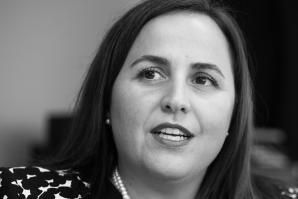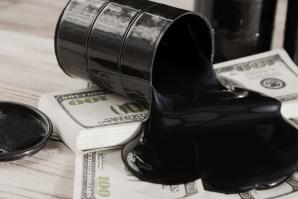
Why CEOs Should Care About Being Political Actors
For the past seven years, I have taught a class at the UC Davis Graduate School of Management, which is called “The Business of Politics.” As a guest speaker, Chris Micheli has presented a lecture for several years on lobbying at the State Capitol.

‘Show Your Taxes’—Could California Really Force Presidential Contenders to Do it?
There’s sometimes a fine line between good governance and trolling.
One of this year’s most controversial—if not quite as consequential—state bills is a proposal by Democratic Sen. Mike McGuire of Healdsburg that would require presidential candidates to release their tax returns before they can appear on a California ballot.

Lawmakers Missed a ‘Green’ Opportunity; Could Consumers Pay the Price?
Environmentalists are accustomed to notching wins in the California Legislature, where their projects often receive a friendly hearing from a supermajority of Democrats and a governor with a laser focus on climate change.

Mitigate the Legal Risks of Terminating an Employee
When an at-will termination is at issue, there are certain steps to take and considerations an employer should evaluate to minimize the risk of later becoming the target of a wrongful termination lawsuit.

Should California Look to Massachusetts to Fix its Housing Crisis?
It’s hard to fix a housing crisis.
Just ask the California Legislature. After months of tough negotiations to put together a package of bills aimed at plugging the 100,000 unit affordable housing gap, lawmakers finalized a deal just 24 hours before adjourning for the rest of the year.

Getting To Launch
GO-Biz Director Panorea Avdis on tax incentives, public/private partnerships and ZEVs
California Gov. Jerry Brown created the Governor’s Office of Business and Economic Development, or GO-Biz, in 2012 to serve as a single point of contact for assisting entrepreneurs and others looking to start, grow or move a business that creates jobs in the Golden State. We recently sat down with Director Panorea Avdis to learn more about what the agency is doing to help California businesses.

They Come Hat in Hand for California’s ‘Green’ Money
It should come as no surprise that when the California Legislature recently began the process of divvying up proceeds from the state’s cap-and-trade auctions, a cavalcade of local officials, community activists and lobbyists rushed to Sacramento, with hands out.

Here We Go Again: California Does the Taxes Two-Step
At this point, it’s practically a California tradition.
First, state judges find a loophole in California’s constitutional bulwark against new, higher taxes. Then conservative legislators and anti-tax activists rush in to patch the hole with a new ballot proposition.

NAFTA Is About to Get a Makeover
More than 23 years in, and the North American Free Trade Agreement still hasn’t lived up to the hype.

Helping Cooks Go Pro
Cottage Food Program turns homemade treats into a food business
When Davy Bui decided to start a bread-baking business, he wasn’t sure how much demand there would be for his “drunken” loaves.


